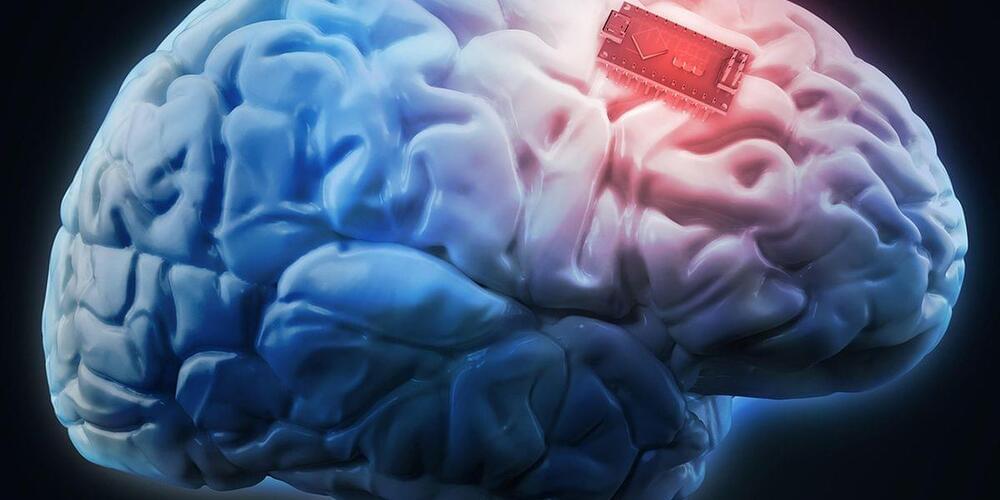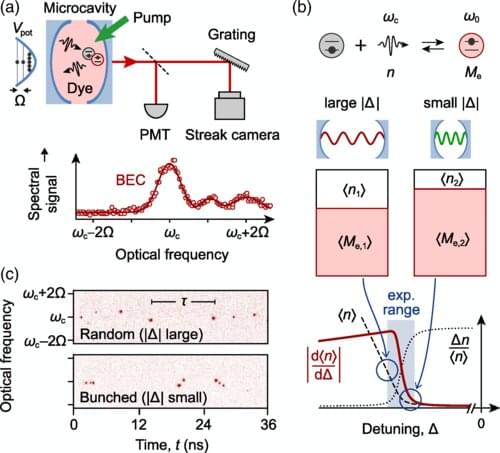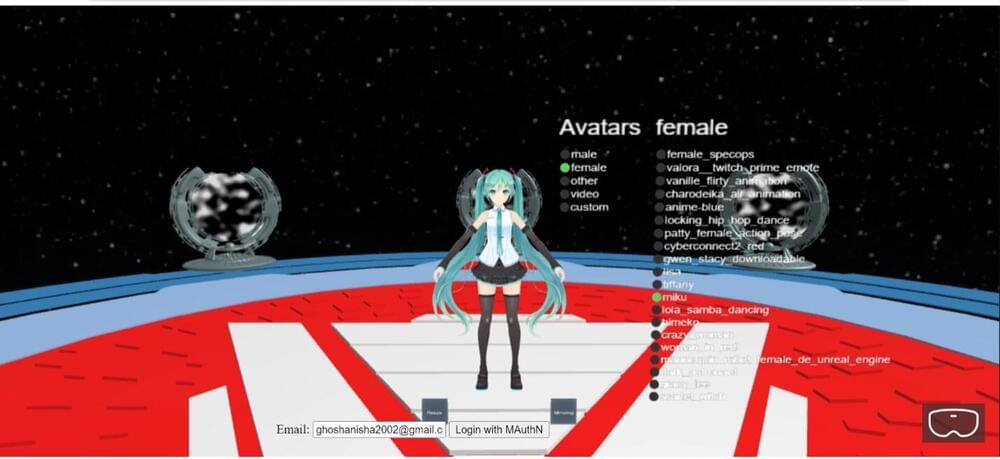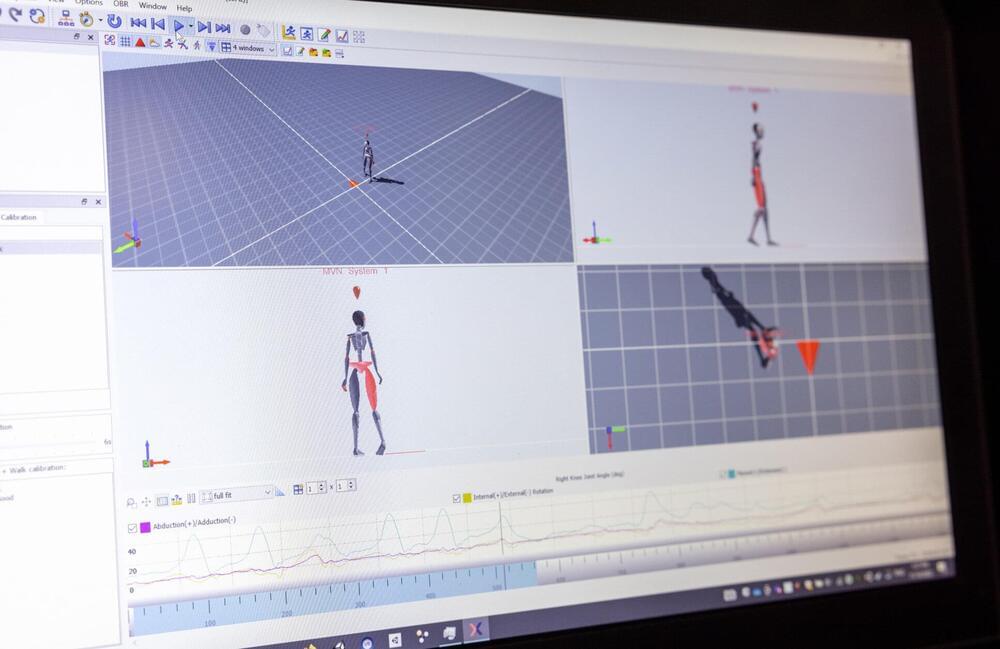Jan 23, 2023
Q&A: The Ethics of Using Brain Implants to Upgrade Yourself
Posted by Dan Breeden in categories: ethics, genetics, neuroscience, robotics/AI
Anders Sandberg is “not technically a philosopher,” he tells IEEE Spectrum, although it is his job to think deeply about technological utopias and dystopias, the future of AI, and the possible consequences of human enhancement via genetic tweaks or implanted devices. In fact, he has a PhD in computational neuroscience. So who better to consult regarding the ethics of neurotech and brain enhancement?
Sandberg works as a senior research fellow at Oxford’s Future of Humanity Institute (which is helmed by Nick Bostrom, a leading AI scholar and author of the book Superintelligence that explores the AI threat). In a wide-ranging phone interview with Spectrum, Sandberg discussed today’s state-of-the-art neurotech, whether it will ever see widespread adoption, and how it could reshape society.


















